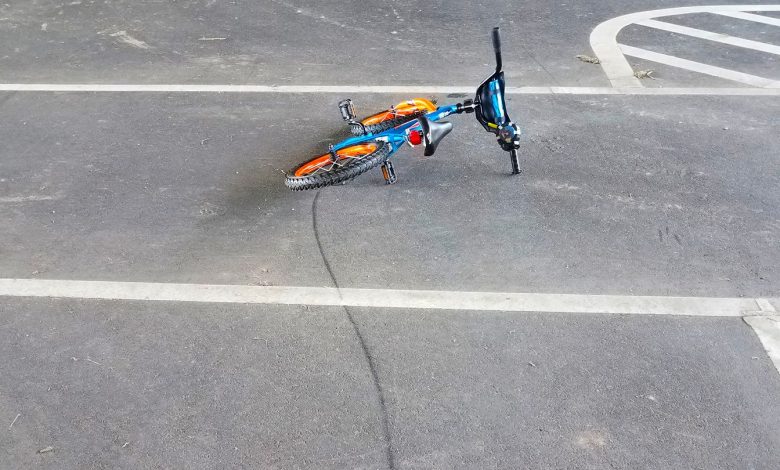The Skid Marks MS Leaves on the Brain

[ad_1]
A recent near miss in a potential bike-meets-tourist incident brought back some very old memories. The aforementioned nonlocal just stepped into the road as I cycled at pace. Now, it was my cycling-with-multiple-sclerosis (MS) pace, but still, it was faster than a walking pace.
I slammed on the newly refurbished brakes and stopped with less than a foot to spare. But even with the skidding sound of my fat tires on the tarmacadam, the woman kept walking without noticing the inconvenience she’d caused me and the automobile drivers behind me.
Boys, Bikes, and the Joy of Skidding
While I was rightfully annoyed, I shook the feeling by remembering all the intentional skidding we used to do on our bikes when we were kids. This brought me back to my first real bicycle: high seat, tassels from the handle grips, and no stabilizers (training wheels). It also had a feature I’d expect is nonexistent today: solid black plastic tires.
Boy, were those tires the best for making long, black skid marks on the pavement. The more block-wide, impromptu skidding championships I won, however, the more I noticed the difficulty I had riding my trusty steel steed.
The Downside of Skidding on My Bike
With each patch of plastic I laid down on the concrete, a small area of the hard tire would flatten. Because it was a hard, non-inflatable tire, the skidding sanded off a flat spot — small at first, but eventually causing uneven contact with the surface of the ground.
The flat patches on my tires were first evidenced by a slight rumbling feeling while I peddled from one friend’s house to another. It wasn’t unlike cycling on an uneven surface at first and then more like riding on a gravel road.
Eventually, of course, as more and deeper flattening off of my tire occurred, one could no longer ignore the fact that I was cycling a bike with a wheel looking and feeling more like a squared-off stone from a Johnny Hart comic strip.
A Different Kind of Skid Marks … in My Brain
The tracks of black on the footpaths of my neighborhood were somewhat like the white spots on my MRI films so much later in life. They were visible evidence of damage being done. The real damage, however, lay on the tire itself, just like the real damage isn’t on an MRI image, but rather to the axons of my brain.
Just as I ignored the damage I was doing to my bike tires with all that skidding, so did I ignore my MS symptoms for 15 years, until a major stroke-like attack in 2001 forced me to pay attention.
I outgrew that bike at about the same time it became all but unridable. By the time it was retired I could see that, while thick, the tires were actually hollow inside, and I had skid so far down into the plastic that you could see that hollow core.
It’s somewhat akin to the damage MS does to the axons in our central nervous system.
Bikes and Other Mobility Devices
As I move from one mobility aid that no longer supports my MS-weakened limbs to another that does, it’s not unlike moving from an older, damaged bike to a newer, usually more expensive model. The more skid marks MS leaves on the pavements of my brain, the more help I need getting around. The more help I need getting around, the dearer to mind, body, spirit, and pocketbook my MS adaptive devices seem to be.
I wish you happy cycling through a life with MS, skid marks and all.
Cheers,
Trevis
My book Chef Interrupted is available on Amazon. Follow me on the Life With MS Facebook page, and read more on Life With Multiple Sclerosis.
[ad_2]




